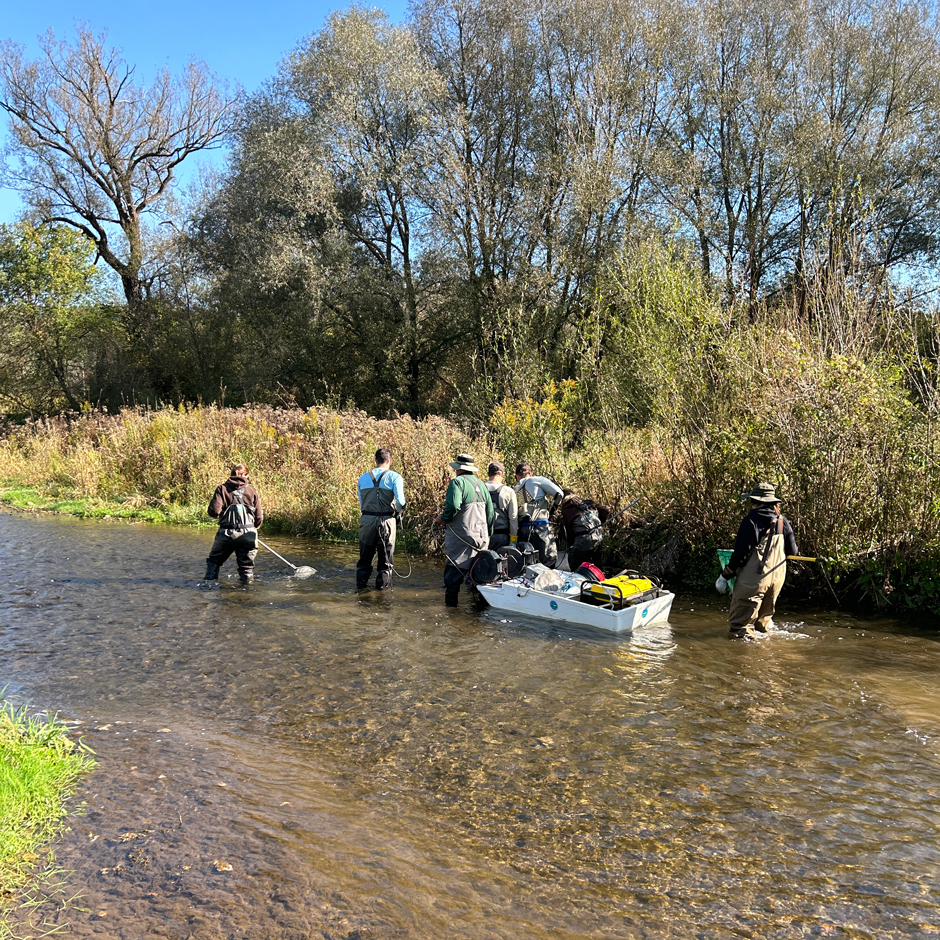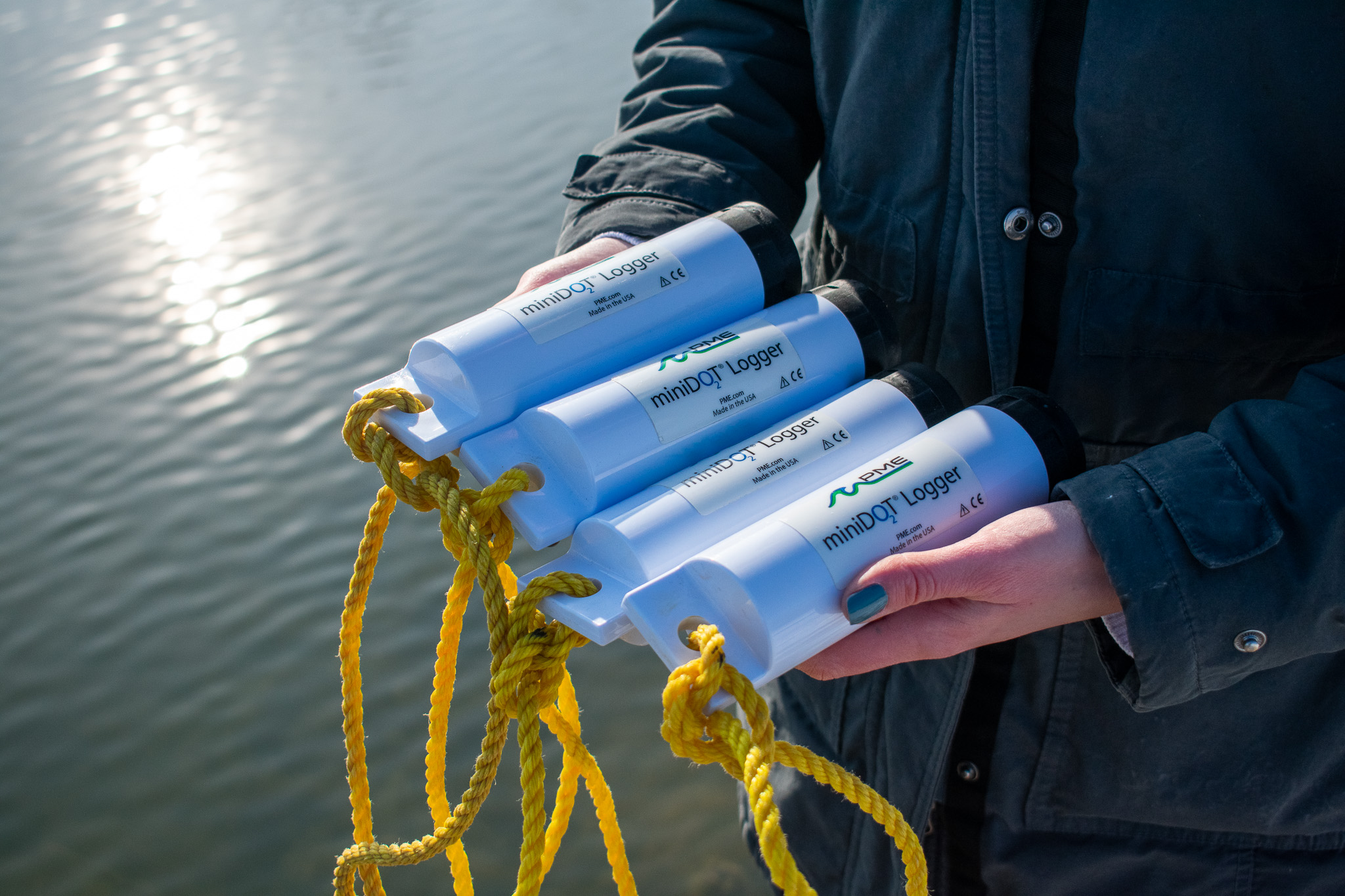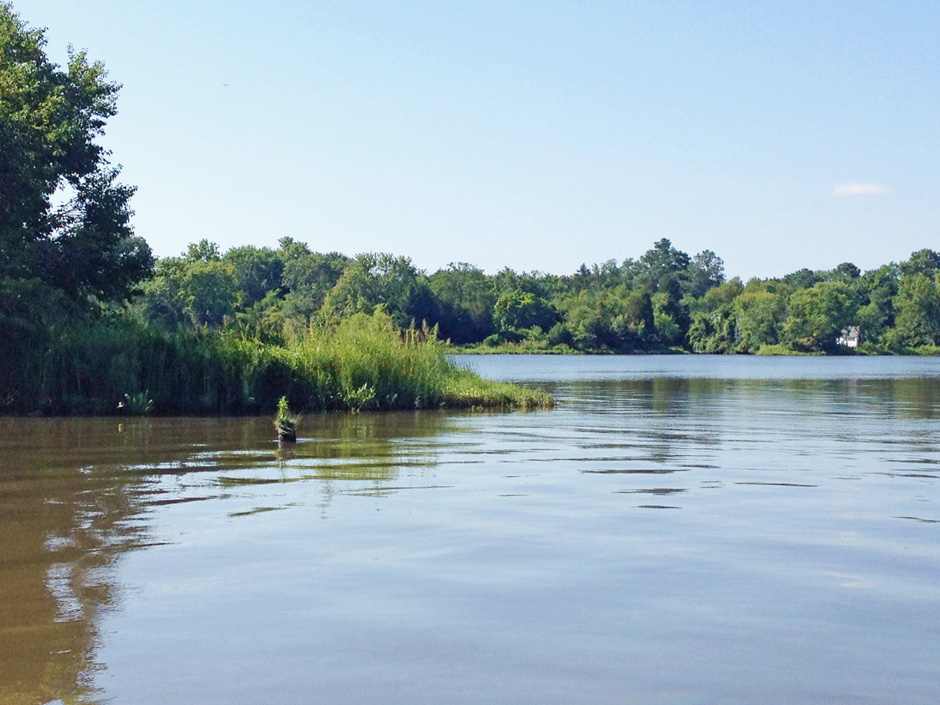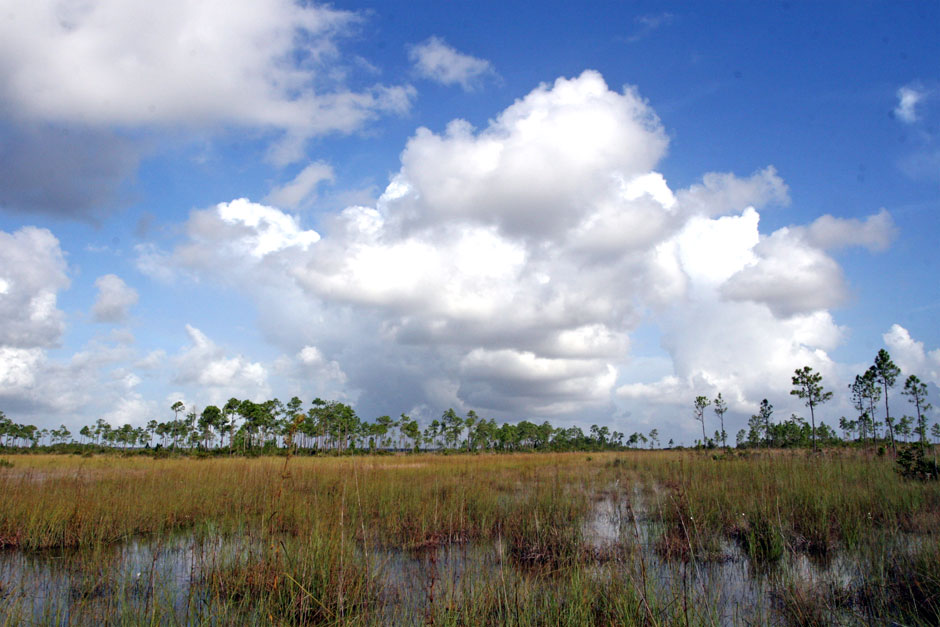Posts for tag "water quality"
Monitoring and Facilitating Habitat Restoration Efforts in the Great Lakes
While human infrastructure, urbanization, and industrialization have advanced human societies, the natural environment has suffered due to constructed impediments and deteriorating architecture. In order to combat this degradation, habitat restoration programs across the US work to remove...
- Posted January 27, 2025
Lake Erie Volunteer Science Network: Building Trust in Citizen Science Programs
Citizen science programs have popped up across the United States, focusing on connecting local communities with nearby water resources and building a trustworthy data pool over the sampling period. While commonly utilized as a means of ensuring...
- Posted December 16, 2024
Monitoring Kentucky’s Water Resources with Drone Imaging and Unmanned Surface Vehicles
Wesley Turner, an Environmental Scientist Advisor with the GIS and Data Analysis Section of the Watershed Management Branch in the Kentucky Division of Water, spends his days researching current technology and developing various drone programs for the...
- Posted November 25, 2024
2025 Essential Water Monitoring Gear
Stay ahead of the curve with five of the top water monitoring products for 2025. Technological advancements and manufacturing innovations are leading to better quality data, improved price points, and enhanced user experience. And, while the ‘essentials’...
- Posted October 21, 2024
Stone Lab: Cyanobacteria Monitoring in Ohio Lakes
Microcystin, one of several toxins produced by the cyanobacteria that form harmful algal blooms (HABs), has become a popular topic of lake research as the human health impacts of HABs become better understood. Stone Lab is one...
- Posted July 22, 2024
Protecting Chicago’s Lakefront: Freshwater Beach Monitoring
Thousands of people flock to the Great Lakes every year to enjoy the freshwater beaches along the coast. As an urban hub with over 2.5 million residents, beachfronts in Chicago have regular visitors as well as tourists...
- Posted November 6, 2023
Lake Malawi: A Treasure to Protect
Lake Malawi is a crucial source of food, electricity, transportation and economic health for the surrounding communities.
- Posted March 20, 2023
PME miniDOT Logger: Plunge into Data
The PME miniDOT Logger is a compact data logger that measures dissolved oxygen (DO) and temperature down to 100 meters in depth.
- Posted February 6, 2023
So Far Yet So Close: Remote Sensing at Everett
Integration of remote sensing technology into undergraduate education can help society solve environmental problems faster.
- Posted August 22, 2022
Aquatic Systems Connectivity: Finding Relationships Between Waters
The emerging field of aquatic systems connectivity examines waters, their existence spatially and temporally, and their connections to each other.
- Posted November 12, 2021
Tides and microbes transform nitrogen where streams and the ocean meet
Microbes transform nitrogen in tidal freshwater zones, usually causing denitrification, but recent research says areas of high nitrogen have been found.
- Posted September 17, 2021
Climate, Nutrients and the Future of Hypoxia in a Chesapeake Bay Tributary
A warming climate and low-oxygen from Chesapeake Bay will reduce oxygen more than nutrient reductions will increase it in the Chester River.
- Posted September 6, 2021
New Tech Aims to Make Algal Bloom Monitoring Faster and More Dynamic
Technology on the horizon will allow researchers to track harmful algal blooms and measure their toxicity in real time.
- Posted July 7, 2021
Covid clears the waters around Key West
Water quality around Key West improved in 2020. The Covid-19 shutdown may be responsible.
- Posted June 15, 2021
National Park Dairies Curb Pollution with Best Practices
Point Reyes National Seashore is unique among national parks: it hosts dairies and ranches. Best management practices are improving water quality.
- Posted May 18, 2021
Charles River Algal Blooms Stop Swimming and Launch a Floating Wetland
After decades of abuse, new research and a floating wetland point toward a healthier future for the Charles River.
- Posted April 7, 2021
Buoys in the time of Covid: Delays to important information
Although buoys collect and relay data largely on their own, they require a team to deploy. Covid slowed them down.
- Posted February 9, 2021
Lake Superior Algal Blooms Surprise, Highlight Need for More Monitoring
Algal blooms showed up unexpectedly in Lake Superior. Researchers pieced together their cause and are on the lookout for future blooms.
- Posted October 21, 2020
Everglades Restoration: A Story of Wetlands and Water
Everglades restoration efforts aim to restore historical hydrology, providing relief to stressed peatlands.
- Posted September 23, 2020
Biochar Adds Filtering Power to Biofilters
Researchers from the Colorado School of Mines are adding biochar to biofilters, boosting the stormwater filtering power in cities.
- Posted July 14, 2020






















